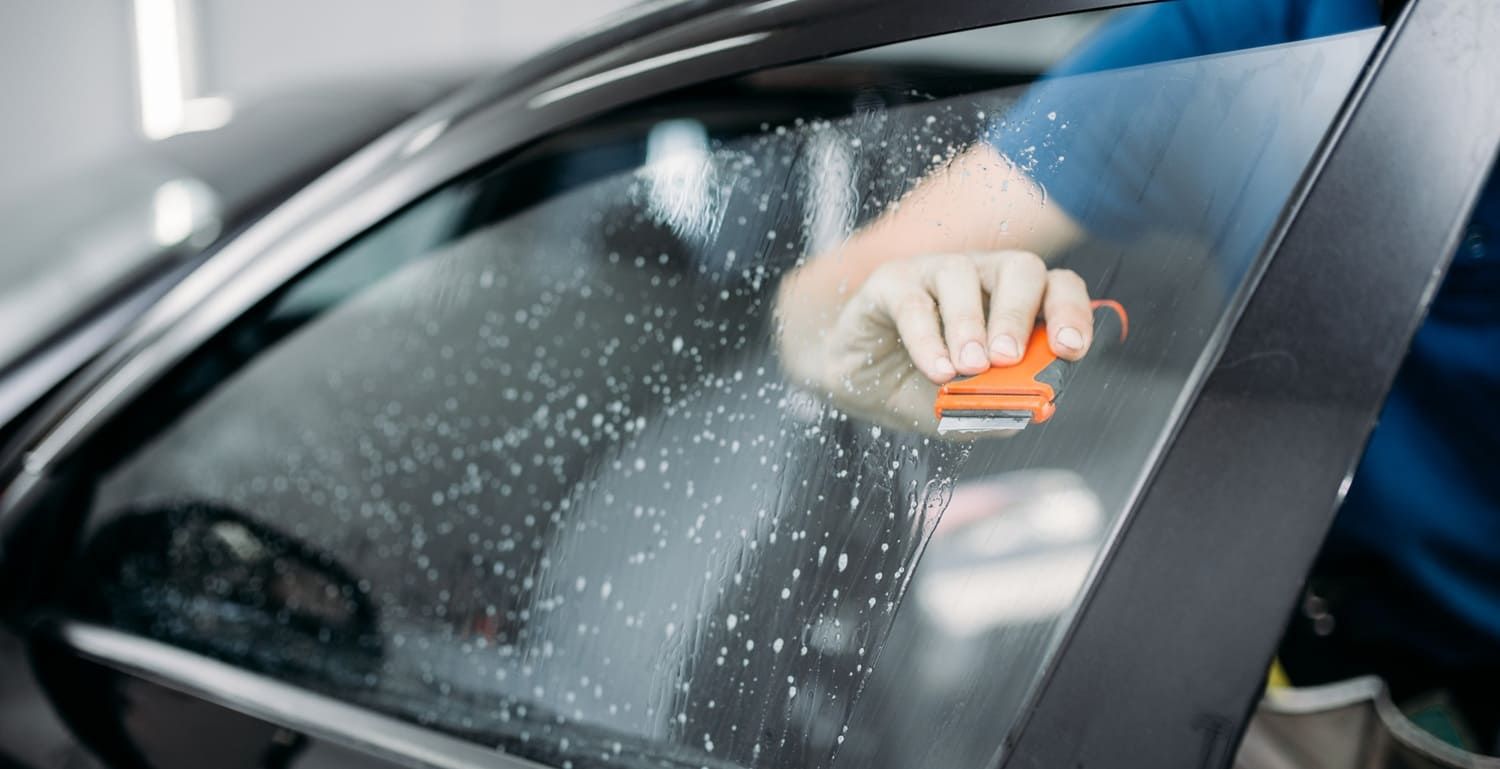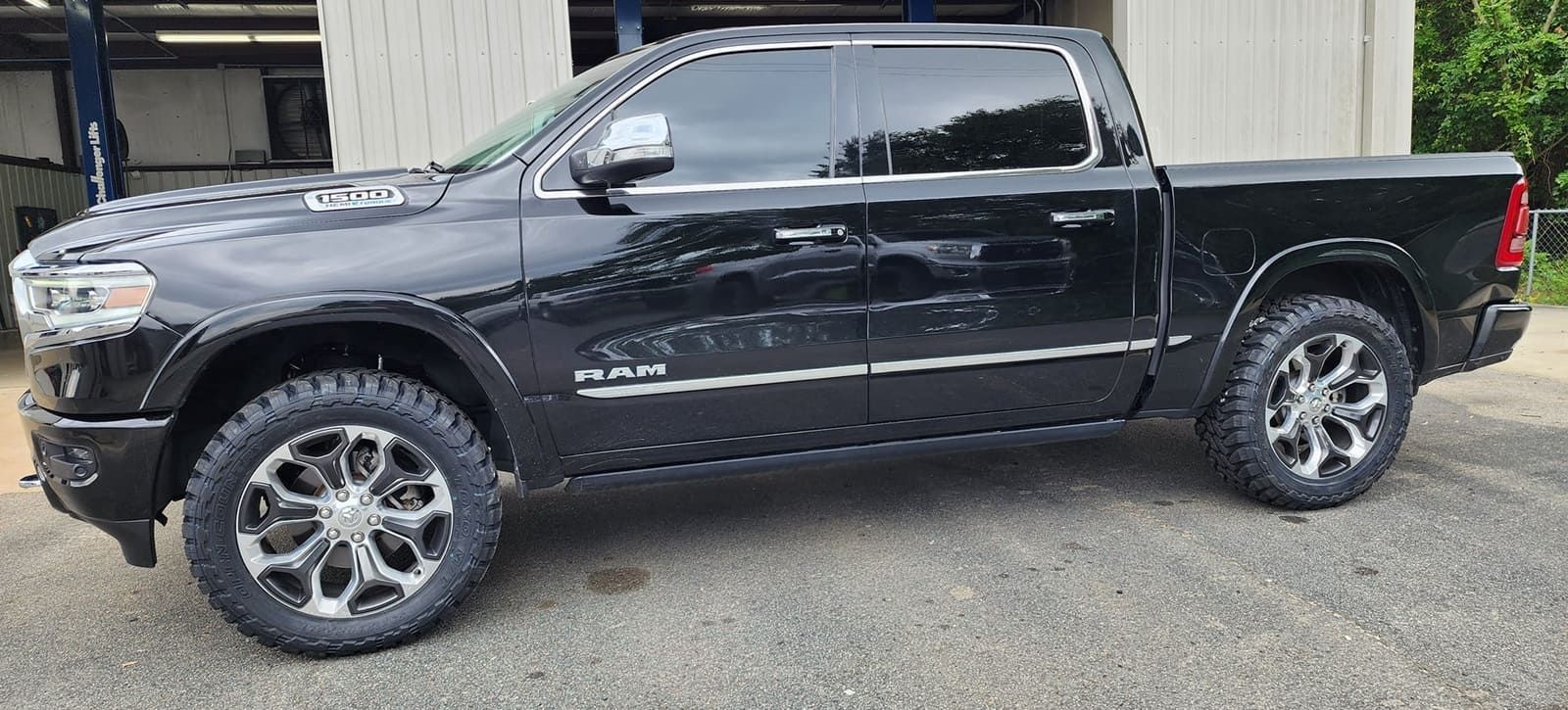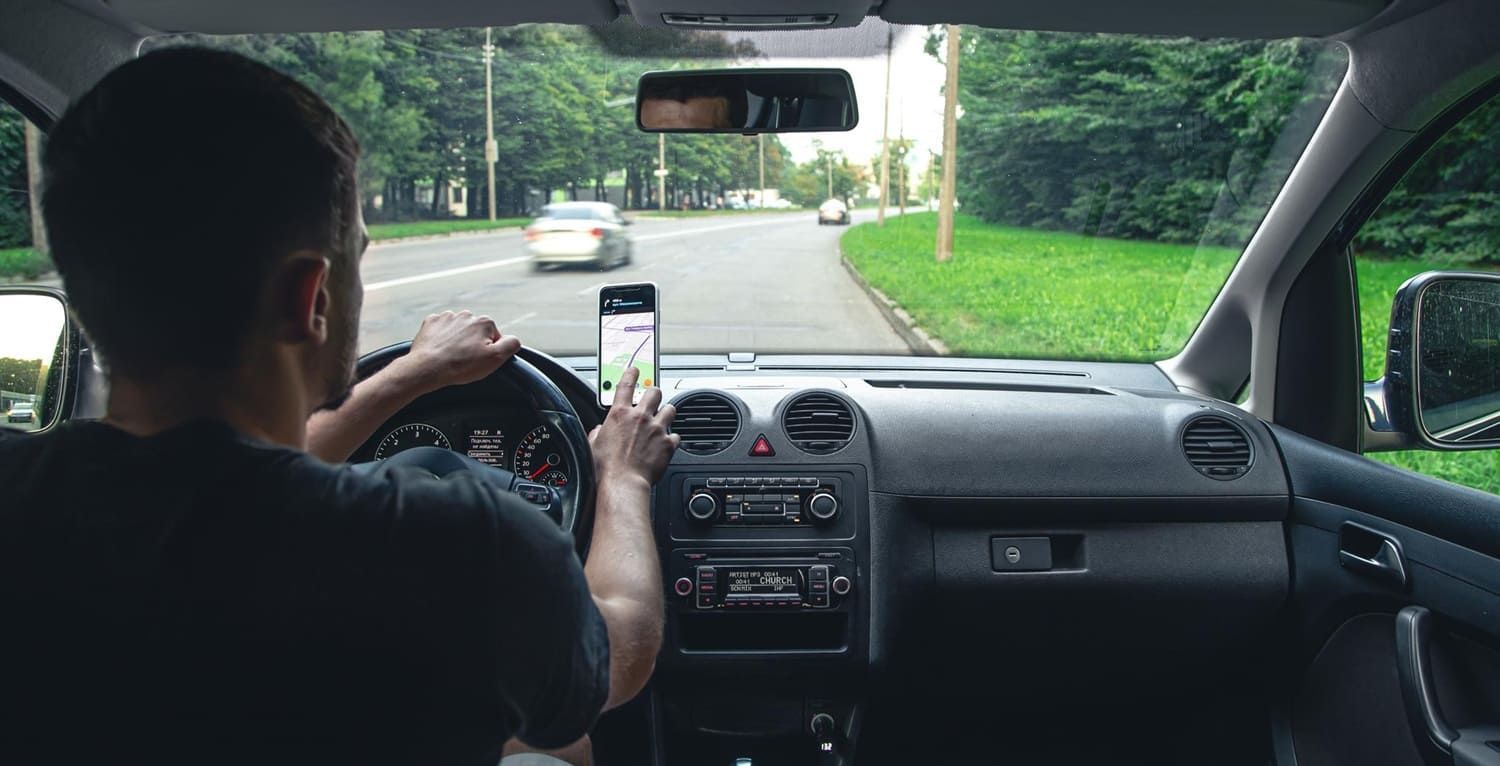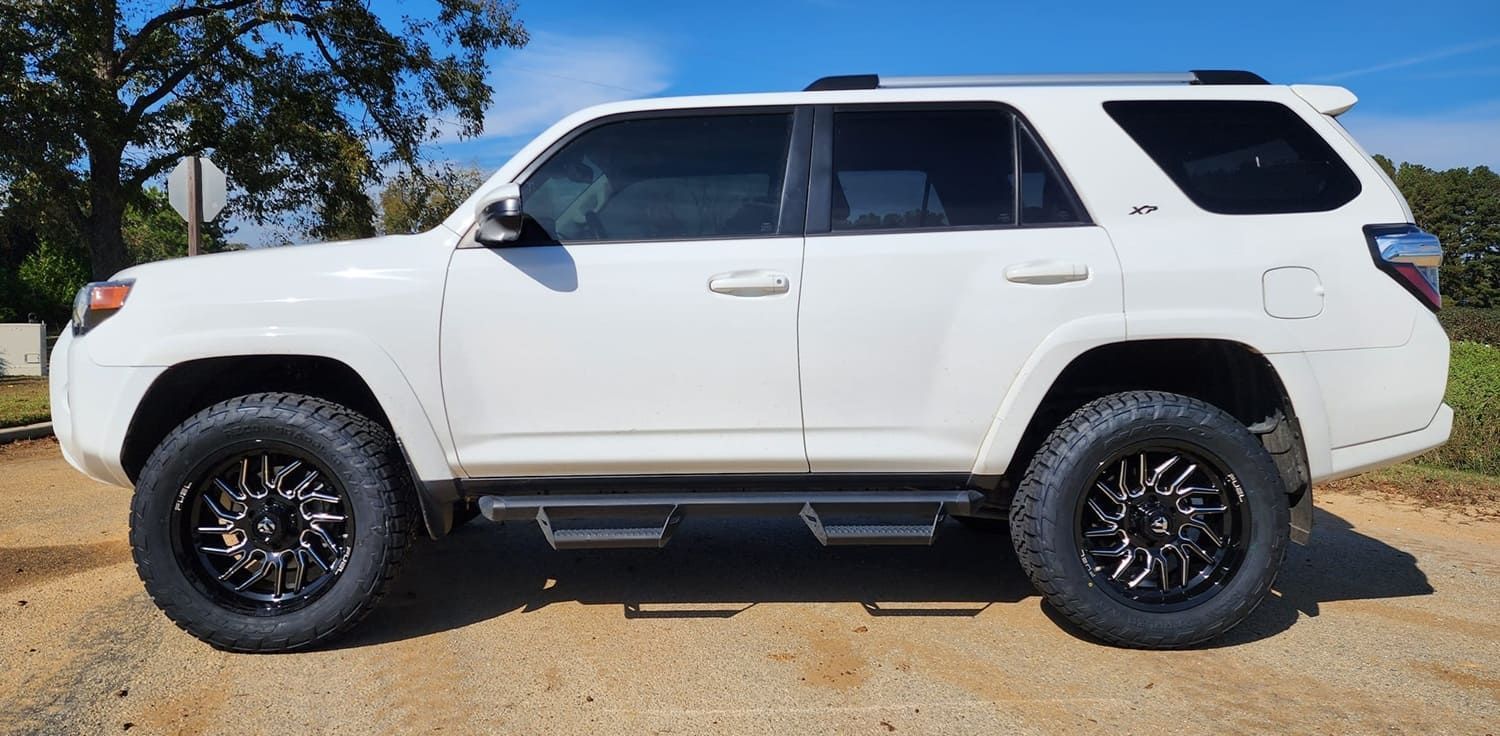How to Care for Your Car After Tinting
Tinting your car windows is a smart investment that enhances privacy, reduces glare, and helps keep the interior cool. However, to maintain these benefits and prolong the lifespan of your tinted windows, proper care is essential. In this comprehensive guide, we'll explore how to care for your car after tinting and ensure your window tint remains in excellent condition for years to come. Proper maintenance not only preserves the aesthetic appeal but also ensures the functional benefits of your tinting investment are fully realized.
Car window tinting is more than just an aesthetic choice; it serves functional purposes such as UV protection and energy efficiency. Proper maintenance is crucial to preserving these benefits and avoiding unnecessary expenses down the road. Failing to care for your tinted windows can lead to peeling, bubbling, and discoloration, which not only looks unsightly but can also compromise your car's interior and your comfort. In addition, poorly maintained tint can reduce visibility, posing safety risks while driving.
Maintaining your tinted windows involves understanding the materials and technology behind the tint itself. Modern window films are sophisticated, incorporating layers that block harmful UV rays while allowing natural light to enter. This balance helps in reducing energy consumption by keeping your car cooler, especially during hot weather. Neglecting maintenance can undermine these advantages, leading to increased reliance on air conditioning and thus higher fuel consumption.

The Initial Curing Process
After having your car windows tinted, it's important to understand the curing process. The tint needs time to fully adhere to the glass. Here's what you need to know:
- Curing Time: The curing process typically takes 3 to 5 days, but this can vary depending on weather conditions. During this time, avoid rolling down your windows to prevent disrupting the film. Hot, dry climates may speed up the process, while cooler, humid environments might extend the time needed for proper adhesion.
- Moisture and Bubbles: It's normal to notice small water bubbles or a hazy appearance during this period. These should gradually disappear as the film cures. If they persist beyond a week, consult your installer. Understanding that this is a normal part of the process can prevent unnecessary panic and ensure you take the appropriate steps without causing further damage.
Essential After Tint Care Tips
Proper care begins immediately after tint installation. Here are some essential tips to follow:
Keep Your Windows Rolled Up
One of the most important rules after tinting is to keep your windows rolled up during the curing period. This ensures the film adheres properly to the glass. Rolling down the windows too soon can cause the tint to peel or wrinkle. This could result in needing costly repairs or even a complete re-tint, which can be easily avoided by allowing the film to set properly.
Moreover, this simple step can prevent stress on the new tint layer, which is still vulnerable during the initial days. By keeping windows up, you also protect the edges of the tint film from potential damage caused by friction with the window seals. This practice is critical in maintaining the integrity and longevity of the tint.
Avoid Cleaning Right Away
After tinting, refrain from cleaning the windows for at least a week. This allows the film to set without interference. Once the curing period is over, use a soft cloth and a gentle, ammonia-free cleaner to clean the windows. Abrasive cleaners or rough cloths can scratch or degrade the tint, leading to premature wear and tear.
Waiting a full week before cleaning ensures that the tint has fully adhered to the glass, reducing the risk of accidental damage. When you do clean, be gentle. This approach will help maintain the clarity and appearance of the tint, ensuring that it continues to provide the intended benefits such as UV protection and heat reduction.
Be Mindful of Weather Conditions
Extreme weather conditions can affect the curing process. If possible, park your car in a garage or shaded area during the first few days to protect the tint from intense sunlight or rain. Direct exposure to harsh elements can lead to uneven curing or even damage the film.
Choosing a shaded or enclosed parking spot not only helps with the curing process but also protects your car's interior from temperature fluctuations, which can further safeguard the tint. This proactive step is an easy way to ensure that your tint adheres correctly and remains durable over time.
Long-Term Care for Your Tinted Windows
Once the initial curing process is complete, ongoing maintenance is key to preserving your window tint. Follow these guidelines to keep your tint looking great:
Use the Right Cleaning Products
Avoid using harsh chemicals or ammonia-based cleaners, as these can damage the tint. Instead, opt for a gentle, ammonia-free glass cleaner. Use a soft cloth or microfiber towel to prevent scratches. The right cleaning products will preserve the clarity and adhesion of the tint over time, allowing it to function as intended.
Additionally, using inappropriate products can lead to fading or discoloration, which diminishes both the aesthetic and functional benefits of your tint. Regularly checking labels on cleaning supplies for ammonia content will help prevent accidental damage and ensure the longevity of your tint.
Regular Cleaning Routine
Establish a regular cleaning routine to remove dust and grime from your windows. Cleaning your tinted windows every few weeks helps maintain their appearance and ensures optimal visibility. This routine also prevents the buildup of dirt that could scratch or otherwise harm the tint.
A consistent cleaning schedule is not just about aesthetics but also about maintaining the health of the tint film. Regular care prevents minor issues from escalating into major problems, thus saving you from more extensive and expensive repairs in the future.
Inspect for Damage
Regularly inspect your tint for signs of damage, such as peeling or bubbling. Addressing issues early can prevent them from worsening and save you from costly repairs or replacements. Early detection is key to preventing small problems from becoming larger, more expensive issues.
By routinely examining your windows, you can catch and rectify issues like small scratches or edge lifting before they require professional intervention. This not only helps maintain the appearance of your vehicle but also ensures the effectiveness of the tint in providing UV protection and heat rejection.
Common Mistakes to Avoid
When caring for your tinted windows, it's essential to avoid common mistakes that could compromise their longevity:
Using the Wrong Tools
Avoid using abrasive tools like scrapers or brushes on your tinted windows. These can scratch the film and damage the tint. Stick to soft cloths or sponges for cleaning. Using the wrong tools can cause irreparable damage, leading to costly repairs or a complete re-tint.
Being mindful of the tools you use ensures that your tint remains free from scratches and maintains its original appearance. This simple precaution helps protect your investment and ensures that the tint continues to perform effectively.
Ignoring Professional Advice
If you're unsure about any aspect of tint care, consult the professionals who installed your tint. They can provide specific guidance based on the type of tint used and local climate conditions. Professional advice is invaluable in avoiding common pitfalls and extending the life of your tint.
Professionals can also offer tips tailored to your specific tint and vehicle type, ensuring that you receive the most relevant and effective maintenance advice. This ensures that your tint remains in optimal condition and continues to provide the intended benefits.
Neglecting Regular Maintenance
Don't wait until your windows look dirty or damaged to start caring for them. Regular maintenance is crucial to preserving the tint's integrity and appearance. Proactive care helps avoid the need for extensive repairs and maintains the tint's functionality over time.
Consistent attention to maintenance reduces the risk of long-term damage and helps ensure that your tint remains effective in providing privacy, UV protection, and aesthetic appeal. This proactive approach is key to maximizing the lifespan of your window tint.

Addressing Specific Issues
Even with proper care, issues may arise. Here's how to address some common problems:
Dealing with Bubbles
If you notice bubbles forming under your tint, especially after the curing period, it's best to consult a professional. Attempting to fix it yourself can lead to further damage. Professionals have the tools and expertise to address these issues without compromising the integrity of the tint.
Bubbles can be caused by improper installation or environmental factors and require expert handling to ensure they don't lead to larger problems. Seeking professional help ensures that the issue is resolved correctly and effectively, maintaining the tint's appearance and function.
Handling Scratches
Minor scratches can sometimes be buffed out with a polishing compound, but deep scratches may require professional attention or re-tinting. Addressing scratches promptly prevents them from worsening and affecting the tint's performance.
Professional intervention ensures that scratches are managed in a way that maintains the integrity of the tint film. This not only preserves the appearance of the tint but also ensures that it continues to provide its full range of benefits.
The Benefits of Professional Maintenance
While DIY maintenance is important, scheduling regular professional inspections can further extend the life of your tint. Professionals have the tools and expertise to spot and fix issues that might go unnoticed by the untrained eye. Regular professional maintenance complements your own efforts, ensuring comprehensive care for your tinted windows.
Professional services often include detailed cleaning and inspection, identifying potential problems before they become serious. This proactive approach can extend the life of your tint, providing peace of mind and ensuring that you get the most out of your investment.
Conclusion
At X-Treem Automotive & Tinting, the best window tinting installers near you serving Statesboro, GA, we know that proper aftercare is key to maintaining the appearance and performance of your vehicle’s tinted windows. With the right care, your tint will continue to provide the privacy, heat rejection, UV protection, and sleek look you invested in.
By following expert-recommended guidelines, scheduling regular maintenance, and avoiding harsh cleaners or premature rolling down of windows, you can extend the life of your tint and keep it looking like new. The effort you put in today will pay off with lasting comfort, style, and savings down the road.
Contact X-Treem Automotive & Tinting today for a free estimate, and let us help you get the most out of your window tint. With proper care and our professional advice, you’ll enjoy a cool, stylish, and protected ride for years to come.
FAQs About Caring for Tinted Car Windows
How long should I wait before rolling down my windows after tinting?
Wait at least 2 to 4 days, depending on weather and the film type, to allow the adhesive to fully cure and prevent peeling or shifting.
Can I wash my car right after getting it tinted?
You can wash the exterior immediately, but wait at least 5 to 7 days before cleaning the inside of the windows.
What’s the best way to clean tinted windows?
Use a soft microfiber cloth and ammonia-free glass cleaner. Avoid abrasive tools or strong chemicals that can damage the film.
Will bubbles go away after window tinting?
Yes, small moisture bubbles are normal and should disappear within a few days to two weeks as the film cures completely.
How can I protect my window tint from damage?
Avoid using scrapers, harsh brushes, or paper towels. Always clean with soft cloths and gentle pressure to preserve the film.
Should I keep my car in the sun or shade after tinting?
Sunlight helps the film cure faster, so it’s usually beneficial to park in the sun for the first few days—unless your installer recommends otherwise.
Can I tint my windows during the rainy season?
Yes, but curing may take longer. Humidity and cooler temps can slow down the drying process, so follow your installer’s guidance.
How do I know if the tint is curing properly?
If the film appears slightly hazy or you see small water pockets, that’s normal. It should clear up completely within 1 to 2 weeks.
When can I use defrosters or heat on tinted rear windows?
You can use your defroster right away, but avoid excessive pressure when cleaning the inside of the rear window to protect defroster lines.
Can I use automatic car washes after tinting?
Yes, but avoid high-pressure washes directed at window edges and don’t clean the interior windows for at least a week.
How do I prevent scratches or peeling on the tint?
Don’t place stickers, suction cups, or adhesives on the film, and avoid objects brushing against the glass surface.
Does window tint need ongoing maintenance?
Not much—just gentle cleaning and sun protection when possible. Premium films are designed to be low-maintenance and long-lasting.
How can I increase the lifespan of my window tint?
Park in shaded or covered areas, use windshield sunshades, and clean with non-abrasive, ammonia-free products.
Is it normal to see a slight haze after installation?
Yes. A milky or hazy appearance can occur due to trapped moisture and should clear as the tint cures.
Can I install sunshades or visors with tint?
Yes, as long as they don’t rub or stick to the tint film directly. Choose non-adhesive accessories designed for tinted windows.
What if my tint starts to peel or bubble later on?
Contact your installer if peeling or bubbling occurs—it may be covered under warranty, especially if it happens early.
Can I tint my windshield too?
Only a strip along the top is legal in most areas. Full windshield tinting may be allowed with clear or high-VLT film—check local laws.
Should I avoid tinting my windows in extreme heat or cold?
Professional shops control indoor conditions for optimal application, but extreme outdoor temps may delay curing if you park outside.
Will the tint color change over time?
Premium films resist fading and discoloration, but low-quality dyed films may turn purple or lose clarity over time.
What if I accidentally rolled down the window too soon?
If you notice shifting, creasing, or peeling, return to the tint shop for evaluation. They may be able to reapply or fix the issue under warranty.













